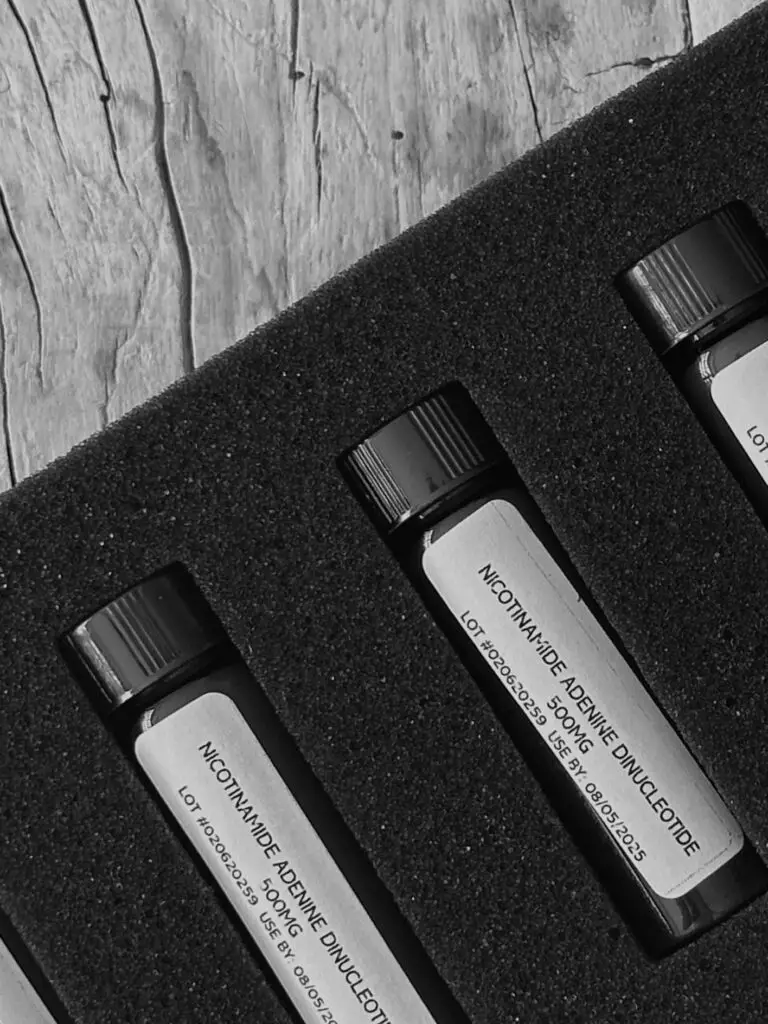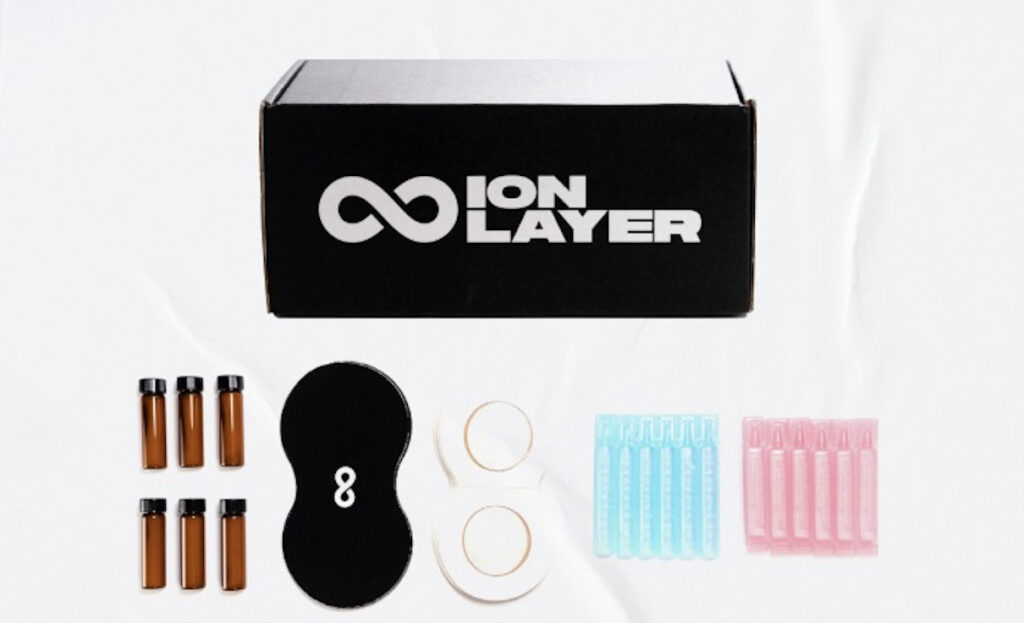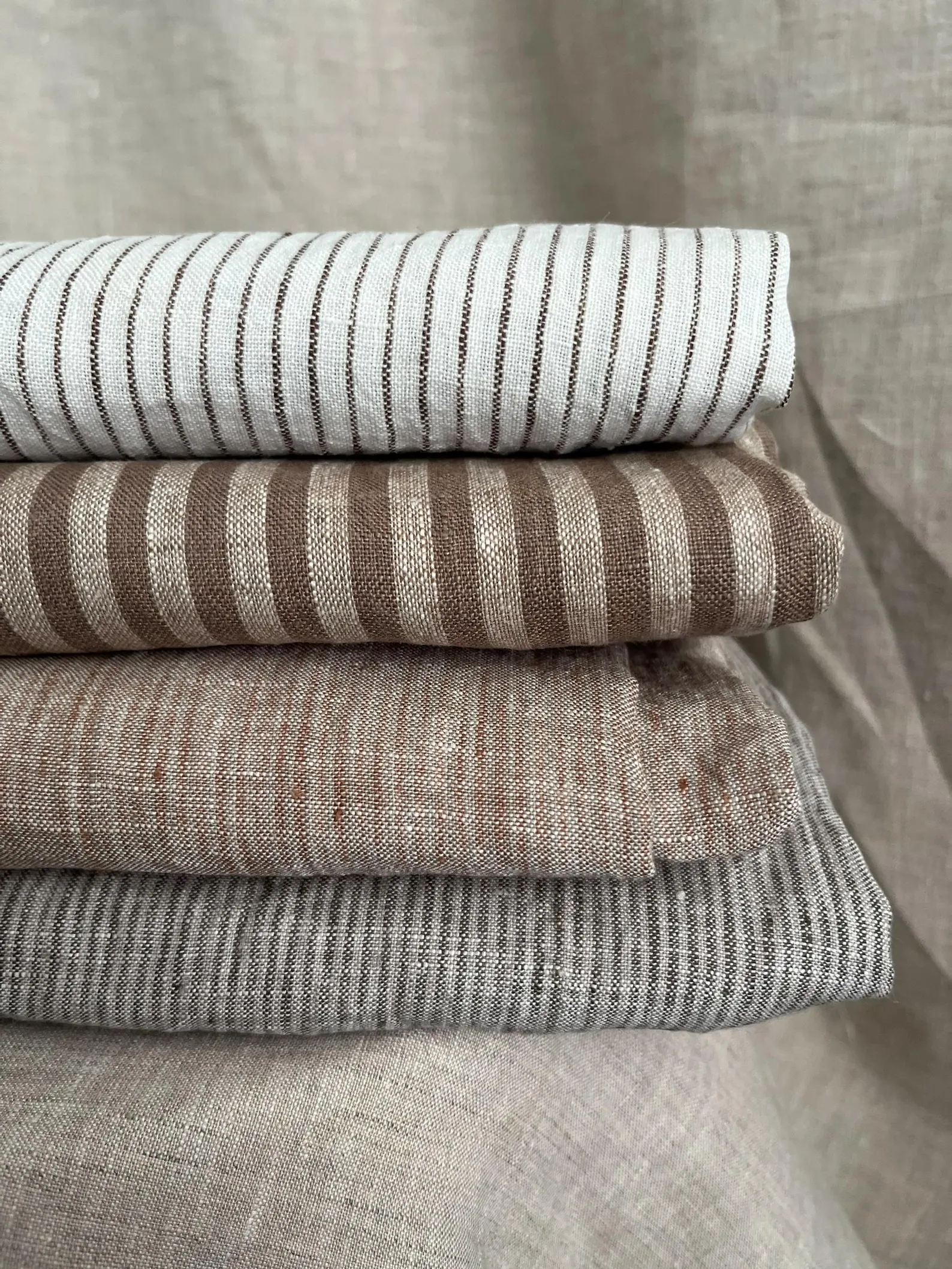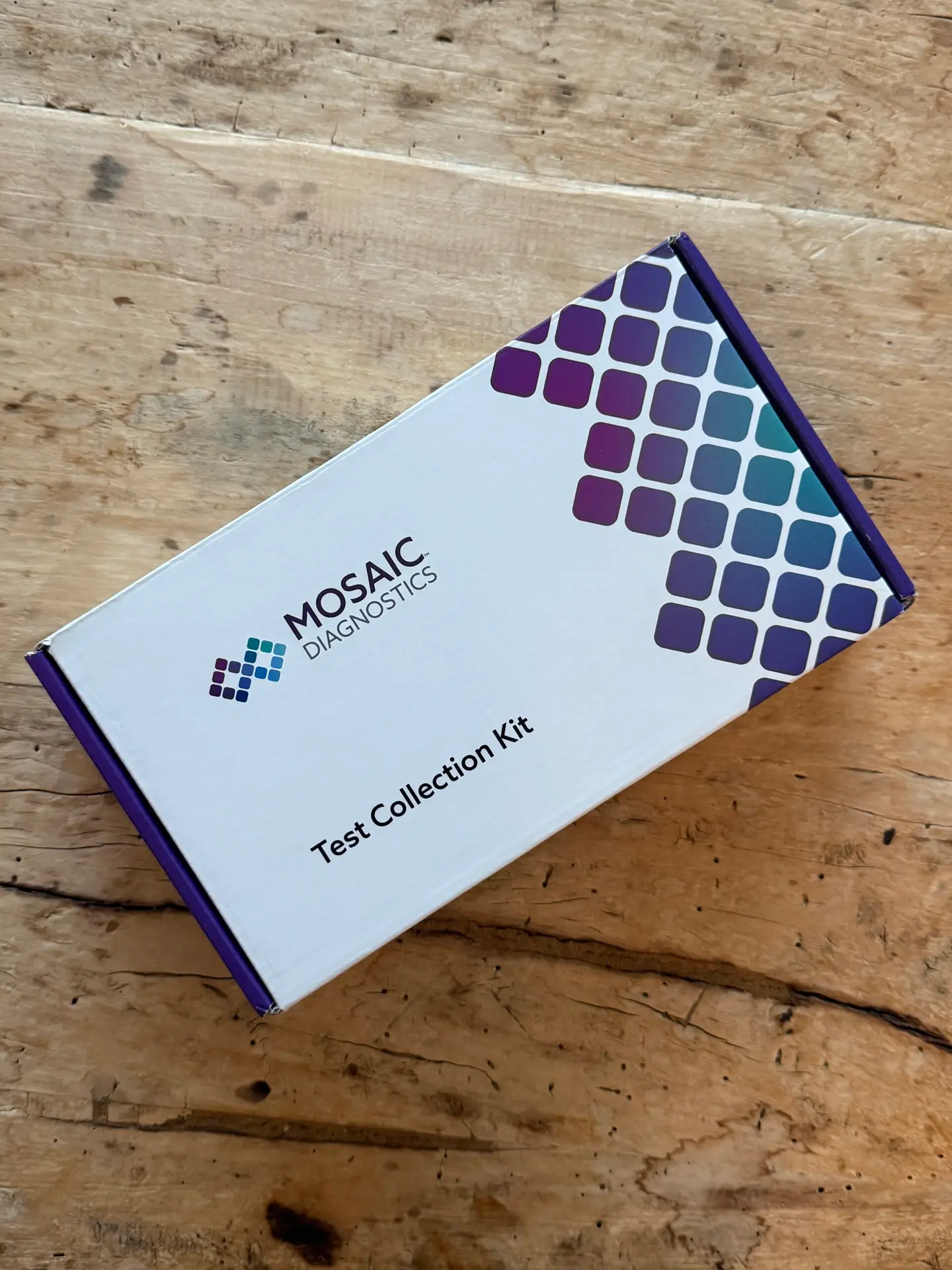NAD+ can help fertility
Our NAD+ of choice? Ion Layer transdermal NAD+ patches. Use code THEHIVE to save $100
Fertility is a deeply personal and often challenging journey, especially as we age. While there’s dozens of factors influence reproductive health, emerging research suggests that boosting NAD+ levels may offer significant benefits for those looking to conceive. Nicotinamide adenine dinucleotide (NAD+) is a coenzyme present in every cell, playing a crucial role in energy production, DNA repair, and cellular function. As we age, NAD+ levels naturally decline, potentially contributing to decreased fertility. NAD+ for fertility
In this article, we’ll cover the connection between NAD+ and fertility, the latest scientific findings, and how boosting NAD+ levels could be a game-changer for reproductive health. NAD+ for fertility
What is NAD+
NAD+ is essential for fundamental cellular processes, including:
- Energy metabolism (mitochondrial function)
- DNA repair and maintenance
- Cell signaling and overall cellular longevity
How NAD+ Decline Affects Fertility
As women age, both the quantity and quality of their eggs decline. This is partially due to decreased NAD+ levels, which result in mitochondrial dysfunction and increased oxidative stress. When mitochondria—the energy powerhouses of cells—become inefficient, egg cells struggle to mature properly, leading to lower chances of successful fertilization and implantation.
Similarly, for men, sperm quality and motility decline with age, and oxidative stress plays a major role. Since NAD+ helps counteract oxidative stress, maintaining optimal levels may improve sperm function and overall reproductive health. NAD+ for fertility

The Science Behind NAD+ for Fertility
Key Research Findings:
NAD+ Supplementation Restores Egg Quality
- A study published in Cell Reports found that increasing NAD+ levels in aged female mice improved their egg quality and increased fertility. Researchers administered nicotinamide mononucleotide (NMN), a precursor to NAD+, and observed significant improvements in the number of viable eggs and live births. (PMC7063679)
NAD+ and Mitochondrial Function in Reproductive Aging
- Another study highlighted how declining NAD+ levels impair mitochondrial function in oocytes, leading to poor reproductive outcomes. Restoring NAD+ levels via supplementation was shown to reverse some of these effects and improve fertility potential. (ScienceDirect)
NAD+ and Sperm Health
- While most research focuses on female fertility, studies also suggest that NAD+ plays a role in maintaining healthy sperm motility and morphology, reducing oxidative damage, and improving overall reproductive success in men. (IV Fusion MD)
How NAD+ Affects Egg & Sperm Quality
For Women:
- Supports mitochondrial energy production in egg cells
- Enhances DNA repair mechanisms in aging eggs
- Reduces oxidative stress, a key factor in fertility decline
- Improves egg maturation and overall reproductive function
For Men:
- Increases sperm motility and morphology
- Protects sperm from oxidative stress-related damage
- Helps maintain healthy testosterone levels and reproductive function
Best Ways to Increase Levels of NAD+ for Fertility
While NAD+ levels naturally decline with age, certain lifestyle choices can help boost production:
- Diet: Foods rich in NAD+ precursors (e.g., niacin, tryptophan, and ribose) can support production.
- Exercise: Regular physical activity has been shown to increase NAD+ levels naturally.
- Intermittent Fasting: Activates longevity pathways that enhance NAD+ synthesis.
NAD+ Supplementation Options
- IV NAD+ Therapy:
- Directly delivers NAD+ into the bloodstream but requires expensive in-clinic treatments.
- Oral NAD+ Supplements (NMN, NR):
- Effective but may require high doses for optimal absorption.
- Transdermal NAD+ (Ion Layer Patches):
- A cost-effective, at-home alternative that provides steady absorption (over 12 hours) without the need for needles.

Ion Layer NAD+ Patches: A Convenient & Cost-Effective Solution
Many people looking to boost their NAD+ levels for fertility may not want to commit to expensive IV treatments. This is where Ion Layer NAD+ Patches come in. Read our detailed product overview here.
How They Work
Ion Layer NAD+ Patches utilize iontophoresis transdermal technology, allowing NAD+ to be absorbed directly into the bloodstream through the skin. This method ensures consistent and controlled NAD+ delivery, making it highly effective for fertility support. NAD+ for fertility
Why We Prefer Patches Over IV Therapy:
- No need for clinical visits or IV infusions
- More affordable—a month’s supply costs less than a single IV treatment
- Convenient and non-invasive, perfect for at-home use
Final Thoughts: Should You Try NAD+ for Fertility?
While more research is needed to fully understand the impact of NAD+ on human fertility, existing studies show promising results.
Boosting NAD+ levels—whether through lifestyle changes, supplements, or transdermal patches—appears to enhance egg and sperm quality, potentially increasing the likelihood of conception. For those considering NAD+ supplementation, Ion Layer NAD+ Patches offer an affordable, effective, and convenient way to maintain optimal NAD+ levels without the high costs of IV treatments.
Key Takeaways:
- NAD+ plays a crucial role in fertility by supporting egg and sperm quality.
- Research shows that increasing NAD+ can enhance reproductive health, particularly for women over 30.
- Our preferred method of NAD+: transdermal patches. They provide a cost-effective and easy-to-use alternative to IV therapy. NAD+ can help fertility
Before starting any supplementation regimen, consult with a healthcare provider to determine the best approach for your fertility journey.







Comments +